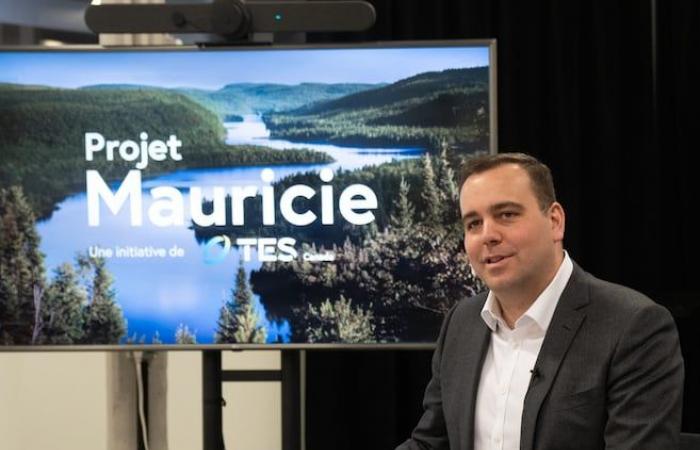This was the first question that came to my mind when TES Canada announced its project dedicated to this objective of reducing the carbon impact of industrial and transport activities.
By consulting the data from the Ministries of the Environment of Quebec and Canada, we see that each citizen is responsible for a little more than 8 tonnes of GHG expressed in the form of carbon annually (food, housing, clothing, travel, etc. .).
Reducing carbon emissions by 800,000 tonnes therefore offsets the individual footprint of 100,000 of our citizens. This is more than the populations of the MRCs of Mékinac, Des Chenaux and the city of Shawinigan combined.
And fortunately there is some left to compensate for the activities of other sectors.
In my field, agriculture, so important and necessary, the carbon footprint has increased by almost 6% in recent years. It is the third largest emitter of GHGs after transport and industry.
All kinds of good reasons explain this increase while other sectors tend to reduce their emissions. The fact remains that we are part of the problem while being on the front lines of the consequences of climate change. Costs and financial losses affect the sustainability of several farms. Our municipalities are juggling increasingly high bills to maintain their road infrastructure.
Today we are being offered to be part of the solution. “A local problem, a local solution,” a fellow farmer reminded me.
The project developers who have deep roots in our region need partners for their energy supply. The availability of electricity for their water electrolysis process through Hydro-Québec being limited, it is by counting on self-production that this project becomes possible.
A large number of lot owners, farmers and foresters, have opened their doors to this project. This opening must be facilitated. The choice of the owner to target a plot of lower value for his activities is necessary. Others emphasize the economic benefits for farmers, their neighbors, municipalities and local businesses.
Reducing our carbon footprint remains a challenge. For me, by transparently welcoming the TES Canada project, I am doing my part.
— Daniel Allard, Sainte-Thècle






